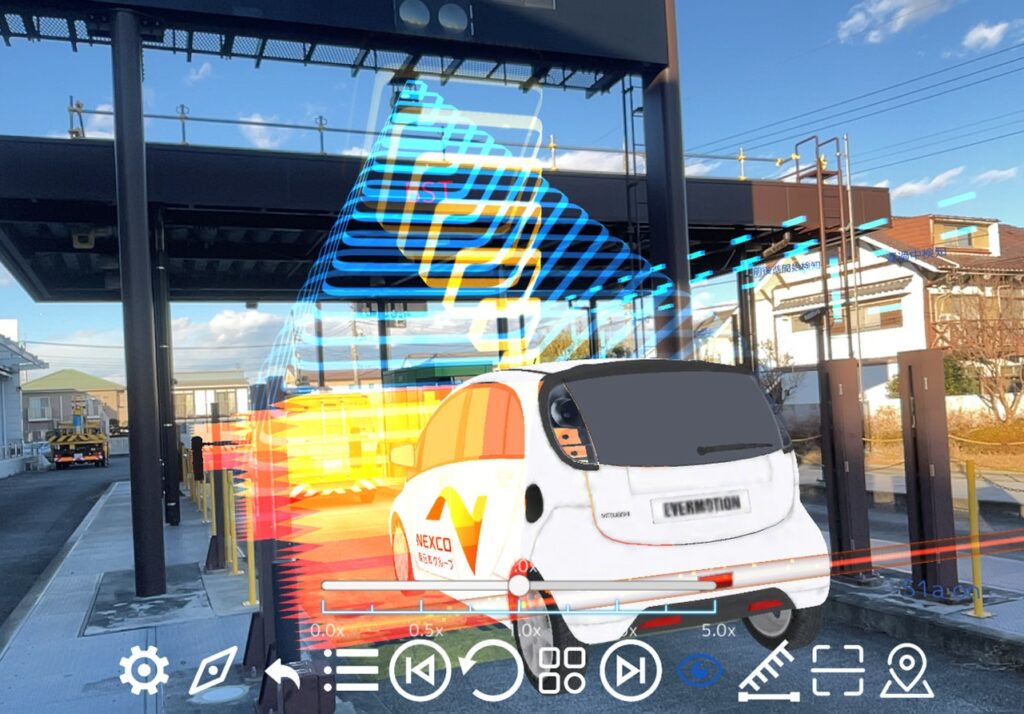An education and training tool utilizing MR and Digital Twins to improve engineer skills to ensure expressway safety

Supporting Nexco-East Engineering in developing a cutting-edge training app to address the challenges of the vast expressway network, achieving efficient training and ensuring engineers can excel in their roles with the needed expertise.
DataMesh Director Version 3.2 has been released, more intuitive MR expression from here!

Director version 3.2 upgrades the editing functions to optimizes the MR expression, making it more intuitive and diversified. In addition, adding functions of scatter types, section and upload of graphics and videos, to develop a stronger sense of perspective and enhance the richness of the content. The adoption of new function has finished for the playback.